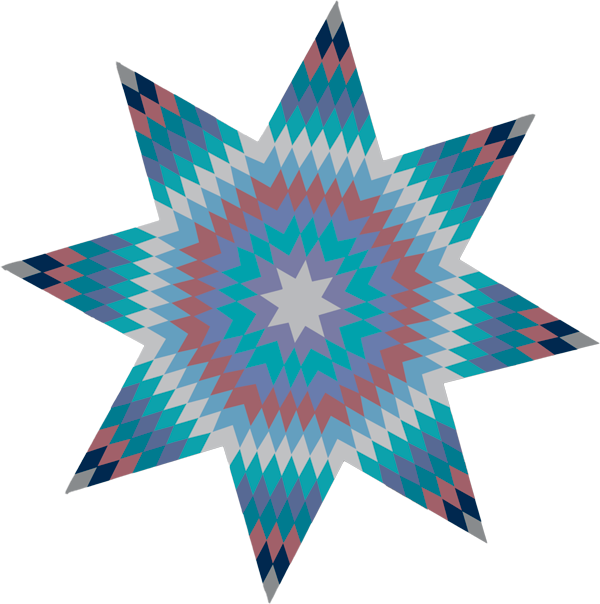

Sign in or create a free account to curate your search content.
The North House Museum in Lewisburg features the Greenbrier Historical Society's collections, which represent the period from the Revolutionary War through World War II. The collections include Civil War artifacts and documents, an 18th-century Conestoga wagon, the first rural free delivery postal buggy, and the pack saddle used to break Robert E. Lee's horse, Traveller. The rooms showcase examples of early Virginia furnishings.
The brick house with ornate woodwork was built in 1820 by court clerk John A. North. In 1830, North sold the house to James Frazier, who converted it into the Star Tavern. Later, the house once again served as a residence, the home for presidents of the Greenbrier College for Women.
The museum was founded in 1938 when the city of Lewisburg created the Greenbrier County Museum Committee. The Greenbrier Historical Society, begun in 1859, disbanded during the Civil War and re-formed in 1963, later assumed the responsibility for the museum. The society moved the museum from the second floor of the city library to North House in 1976. The North House Museum is open daily except Sundays—and on Mondays in January and February—and the society's archives and library are open for research on selected days. Documents relating to the history of the Greenbrier Valley include books, serial publications, manuscripts, maps, genealogical records, and pictures.
The Greenbrier Historical Society also owns the Blue Sulphur Springs Pavilion and the Barracks, a stone-and-log structure built in Lewisburg in 1799.
— Authored by Belinda Anderson
Sources
Montgomery, John F. "Lewisburg in Stagecoach Days." Come, Walk with Me: A Nostalgic View of Lewisburg. Parsons, WV: McClain, 1982.
Cite This Article
Anderson, Belinda. "North House Museum." e-WV: The West Virginia Encyclopedia. 08 February 2024. Web. Accessed: 14 December 2025.
08 Feb 2024